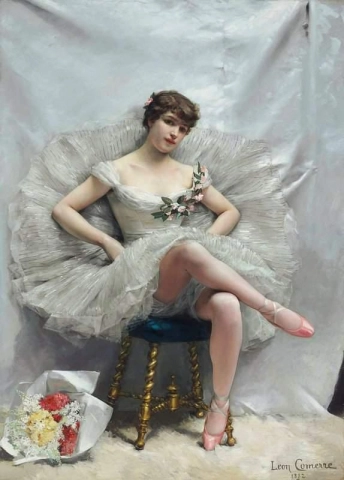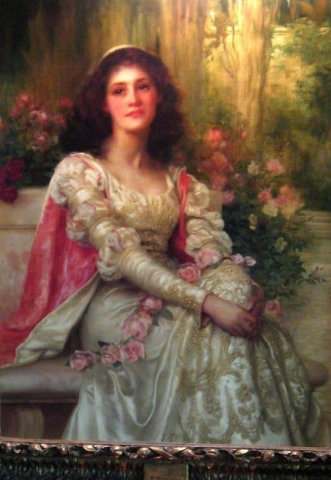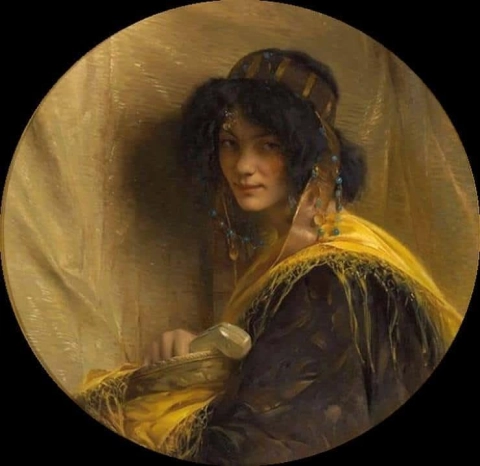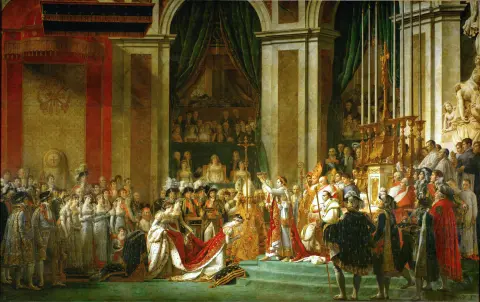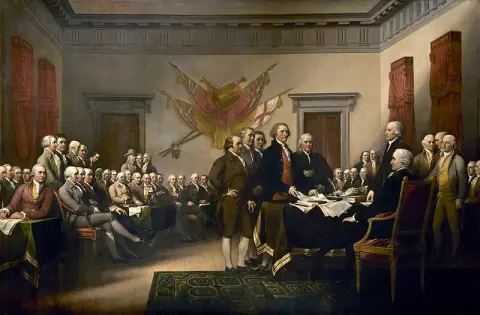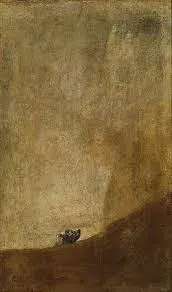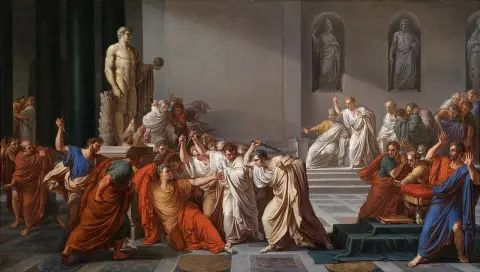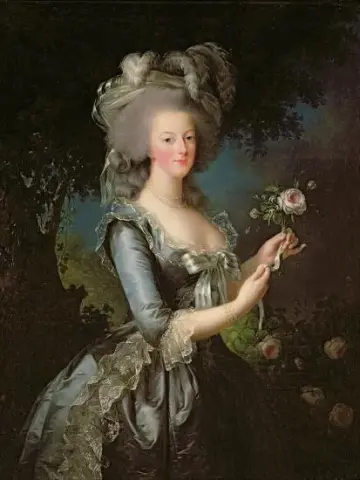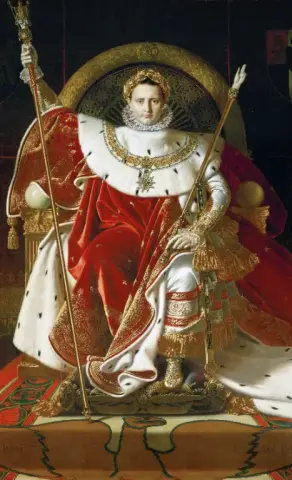Hand-painted painting reproductions - Movements - Neoclassicism
Imagine owning a museum-worthy piece of art, created by the greatest artists in history and reproduced by passionate and experienced painters. At POD, we offer you the opportunity to make that dream a reality. We reproduce the works of art of your favorite painters from the Neoclassicism art movement in the smallest details, so that you can enjoy them in your own home.
Our reproductions are made by experienced artists who use the best materials and techniques. We are committed to providing you with works of art of the highest quality, which will bring joy and inspiration to your family for generations to come.
Neoclassicism: The Revival of Classical Ideals in Art
Neoclassicism was an art movement that emerged in the late 18th century, drawing inspiration from the classical art and culture of ancient Greece and Rome. Characterized by a return to order, clarity, and the pursuit of ideals based on the principles of reason, symmetry, and proportion, Neoclassicism was a reaction against the extravagance and ornamentation of the preceding Rococo style. It was a movement that celebrated the virtues of ancient civilization, particularly in its moral and artistic aspects, and became the dominant artistic style in Europe throughout the late 18th and early 19th centuries.
Origins and Development
The roots of Neoclassicism can be traced back to the 18th century, particularly in France, Italy, and England, where archaeological discoveries, such as the excavation of Pompeii and Herculaneum, brought renewed attention to the classical world. These discoveries revived interest in the ancient Greek and Roman art forms, as well as their philosophies and ideals. The movement was further fueled by intellectual trends such as Enlightenment thought, which emphasized reason, logic, and moral values.
Neoclassicism can be seen as a reaction against the excesses of the Baroque and Rococo styles, which were often seen as overly emotional, dramatic, and ornate. Neoclassicism, on the other hand, sought to return to the simplicity, restraint, and rationality of classical antiquity. Artists sought inspiration from ancient sculptures, temples, and paintings, drawing upon the classical ideals of balance, harmony, and clarity.
Characteristics and Techniques
Neoclassical art is defined by several key characteristics that set it apart from earlier artistic movements:
- Clarity and Simplicity – Neoclassicism emphasized clean lines, well-defined shapes, and a sense of order. Unlike the complex and intricate forms of Baroque art, Neoclassical works were marked by simplicity and clarity, which aimed to reflect the rationalism of the Enlightenment era.
- Idealized Human Form – Neoclassical artists often sought to represent the human figure in its idealized form, drawing inspiration from ancient Greek and Roman sculptures. Figures were often depicted with perfect proportions and in heroic poses, aiming to capture the beauty and dignity of the classical world.
- Balanced Compositions – A key aspect of Neoclassical art was the use of symmetry and balance. Paintings and sculptures were carefully composed to create a sense of equilibrium, with figures and elements arranged in a harmonious way. This reflects the classical principle of order.
- Use of Classical Themes – Neoclassical artists frequently used themes from ancient Greek and Roman history, mythology, and literature. These subjects were used to explore ideas of virtue, heroism, and moral righteousness. Mythological figures, historical events, and allegorical representations were common in Neoclassical art.
- Strong Contrast of Light and Shadow – Although Neoclassicism favored clarity, it also used strong contrasts of light and shadow to create depth and emphasis, similar to Baroque art. However, the use of light was generally more controlled and subtle, avoiding the dramatic and emotional effects seen in Baroque works.
- Naturalism – Neoclassical artists focused on depicting subjects in a naturalistic manner, but with an idealized approach. The figures were often more restrained and less exaggerated than in earlier movements like Mannerism or Baroque, giving them a more noble and dignified appearance.
Themes and Significance
Neoclassical art was deeply connected to the philosophical and political ideas of the Enlightenment period. Artists sought to create works that reflected the virtues of reason, order, and civic responsibility. The movement emphasized the importance of moral values and rational thought, which were believed to have been exemplified in the art and culture of ancient Greece and Rome.
Some of the significant themes explored in Neoclassicism include:
- Heroism and Virtue – Many Neoclassical works depict scenes from ancient mythology or history, celebrating figures who embody the ideals of courage, honor, and sacrifice. Artists often portrayed heroic individuals, such as Roman generals or Greek philosophers, as symbols of the highest moral standards.
- Mythology and Allegory – Neoclassical artists frequently turned to classical mythology for inspiration. Figures from Greek and Roman mythology, such as Jupiter, Venus, and Hercules, were portrayed in idealized forms to represent moral and philosophical ideas. Allegorical scenes were also common, with figures symbolizing concepts like justice, wisdom, and truth.
- Historical Events – Neoclassical art often depicted scenes from ancient history, focusing on the actions of great leaders and military heroes. These works were intended to inspire civic pride and moral virtue, with an emphasis on the importance of duty to the state.
- Political Ideals – Neoclassicism was closely linked to the political climate of the time. The movement coincided with the American Revolution and the French Revolution, both of which were influenced by classical ideas of democracy, citizenship, and civic virtue. Many works of Neoclassical art celebrate the ideals of republicanism, liberty, and justice.
- Moral Philosophy – Neoclassical art was used as a vehicle for expressing Enlightenment ideals. Artists and philosophers believed that the study of classical art could help cultivate moral character and inspire individuals to live virtuous lives based on reason and virtue.
Notable Artists and Their Influence
Several artists are associated with the development and popularization of Neoclassicism:
- Jacques-Louis David (1748-1825) – David is considered one of the leading figures of Neoclassicism. His works, such as "The Death of Socrates" (1787) and "Napoleon Crossing the Alps" (1801), exemplify the movement’s focus on heroism, idealized human figures, and historical themes. David’s style was highly influential, especially in France, where he was also involved in political life.
- Jean-Auguste-Dominique Ingres (1780-1867) – A student of David, Ingres became known for his highly refined and detailed works, including portraits and historical scenes. His works, such as "The Turkish Bath" (1862), demonstrated the precision and idealization that defined Neoclassicism, with an emphasis on form and smooth surfaces.
- Antonio Canova (1757-1822) – A renowned Italian sculptor, Canova was a master of Neoclassical sculpture. His works, such as "Psyche Revived by Cupid's Kiss" (1787-1793), emphasized the classical ideals of grace and elegance, and his sculptures were characterized by their smooth marble surfaces and balanced compositions.
- Thomas Jefferson (1743-1826) – While not a visual artist, Thomas Jefferson was an influential figure in the promotion of Neoclassicism in architecture. His design of Monticello and his role in shaping the architecture of early American public buildings were influenced by the classical forms of ancient Greece and Rome.
These artists and thinkers played a key role in defining the principles of Neoclassicism, shaping the aesthetic and intellectual values of the movement.
Legacy and Modern Appeal
Although Neoclassicism began to fade in the early 19th century with the rise of Romanticism, its legacy continues to influence art and architecture. The movement’s emphasis on order, rationality, and beauty helped to lay the foundation for later artistic movements, including Academic art and Symbolism.
Today, the Neoclassical style remains highly respected, and works from this period continue to be displayed in major museums and galleries around the world. The principles of balance, harmony, and clarity are still admired for their timeless appeal and their connection to the classical ideals of antiquity. Neoclassical architecture continues to influence public buildings, monuments, and institutions, especially in the Western world.
Where to Find Reproductions of Neoclassical Art
For those interested in acquiring Neoclassical works, POD (Painting On Demand) offers high-quality reproductions of iconic paintings and sculptures. These works capture the elegance, clarity, and idealized beauty of Neoclassical art, allowing collectors to bring the spirit of the classical world into their homes.




